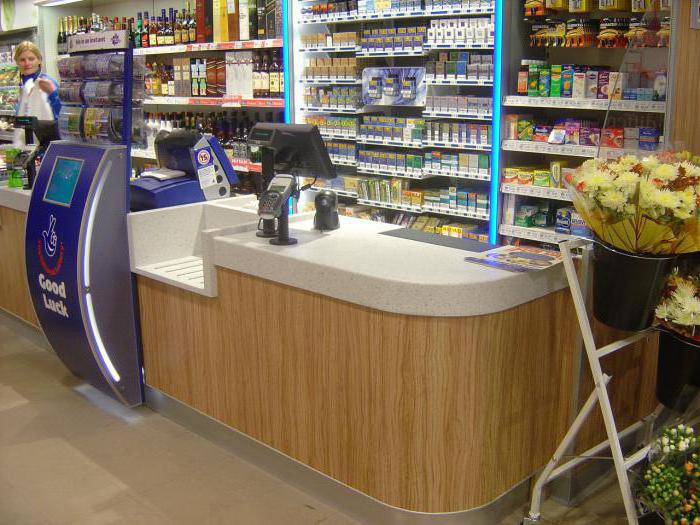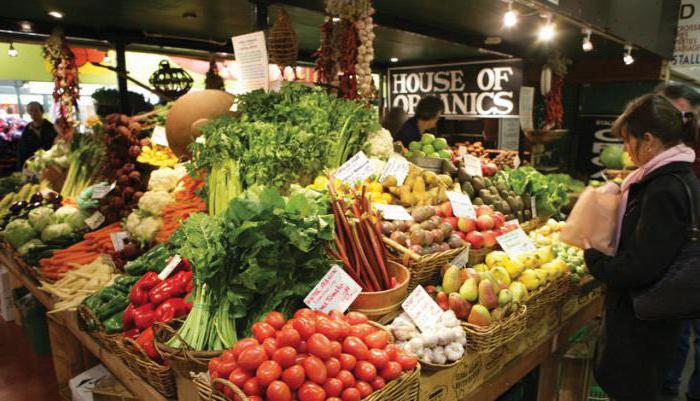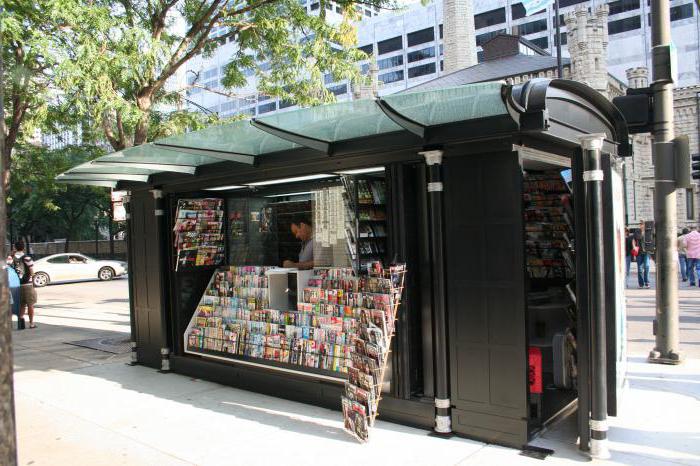A retail space is a commercial premises where goods are displayed for familiarization and sale to consumers. Trading floors can be grouped according to various criteria, but the classification is most important depending on the principle of functioning and the size of the exhibition hall. In this regard, the types of retail space of retail stores are as follows: hypermarkets, supermarkets, supermarkets, ordinary shops, pavilions and stalls (kiosks).
Hypermarket
Hypermarket is the largest outlet in terms of area and width of the product range. More than 80,000 products, divided by department, are exhibited on an area of more than 1000 square meters. m. Typically, this type of retail space is located either at the entrance to the city near federal highways, or in large shopping centers with a sufficient number of parking spaces for customers.
Hypermarkets may have a different focus, but the most numerous are of a food and construction nature. They are attractive to consumers not only with a wide selection of goods, seasonal discounts and promotions, but also with products of their own production, for which prices are usually set below market prices. The products bear the logo of the hypermarket trademark on the packaging, and the range of such products includes not only bakery and culinary products, but also groceries, meat and fish products, household goods, etc.

Supermarkets
The trading area of supermarkets is slightly less (from 600 to 1000 sq. M) than hypermarkets, respectively, and the range is smaller, however, all categories of food and household goods are preserved. In supermarkets, as well as in hypermarkets, the sale of products is carried out on a self-service basis, the buyer takes a special trolley or basket, chooses the goods on his own and pays at the box office. Some supermarkets even have a bakery and culinary department. As in all self-service stores, at supermarkets the flows of incoming and outgoing customers are delimited by separate zones.

Supermarkets
According to GOST R51772-2009, the size of the shopping area of a supermarket should be from 200 to 600 square meters. m. These stores also operate on a self-service basis, and the goods are laid out on open shelves of racks arranged in rows by department (meat, dairy, groceries, booze, confectionery and bakery products, fresh vegetables and fruits, canned goods, non-food products). The largest share of the entire assortment is made up of daily demand products.

The main difference, in addition to the area of the trading floor, department stores and the previous two types, is a limited range of household products, which comes down to the most popular essential goods. In addition, such stores rarely provide parking for customers' vehicles. Supermarkets, as a rule, are located in the sleeping areas of residential buildings and are guided by the flow of consumers, consisting of residents of this localization.
Classic shops
A store in the traditional sense is a small retail area (up to 300 sq. M.), Where retail sales and customer service are conducted on a “through the counter” basis. All products are located on the display case (closed shelf) or on open racks behind the counter at a clear distance. In this case, the client can consider the product, but can not pick it up without the help of the seller.

Such a system is justified with low customer traffic.Some stores have a self-service system with the participation of a sales assistant, most often it is found in highly specialized stores that are not as large as a supermarket. Shops can be not only food stores, but also sell a separate group of goods: medicines (pharmacies), flowers, building materials, small household appliances, home textiles, clothes, shoes, gifts and souvenirs, etc.
Pavilions
The area of the trade pavilion is quite small, not more than 20 square meters. m. It can be sold both food and non-food products with a fairly narrow range. A striking example is the pavilions in the market (meat, fish, vegetables, etc.). Implementation in such areas is either through the counter or through the window.

Stalls
A kiosk is a separate trading company without a retail space, which means that the buyer cannot go inside, the product is visualized through the glass of a small window. The kiosk always has a narrow specialization and a limited product line. Examples: newsagents, kiosks selling cigarettes, fast food, alcoholic and soft drinks. Outlets of this type can be found in crowded places, such as train stations, public transport stops, public parks and other places of recreation. Kiosks sell goods through a window and are focused on instantly satisfying individual needs of citizens.
Use of retail space in shopping centers
Shopping and entertainment centers contain shopping areas of various types and sizes, among which are:

- Pavilion shops with goods laid out around the perimeter of the trading floor occupy the widest segment of the shopping center and are equipped with glass windows on the outside, maximizing the visualization of goods.
- Supermarkets and hypermarkets with the largest sizes, the largest are usually located on the lowest floor.
- Recreation areas, including catering and recreation facilities (cafes, restaurants, fast food, cinemas, playgrounds, bowling, etc.).
- Island stalls are located in the middle of the passage zone, these can be small display cases with jewelry, accessories, haberdashery, etc.
- Additional areas intended for the provision of certain services (ateliers, insurance and credit companies, engraving, etc.).








